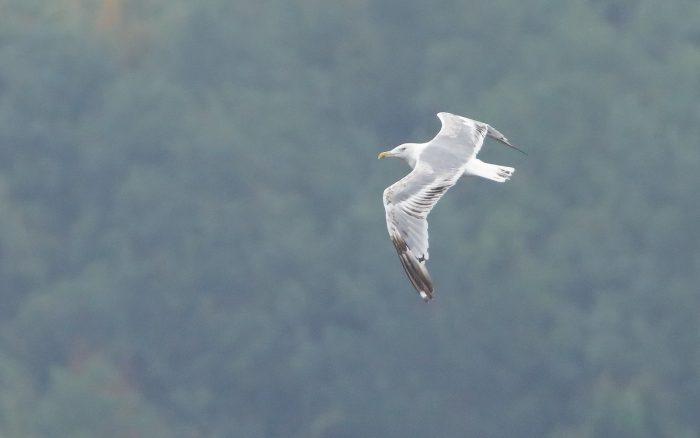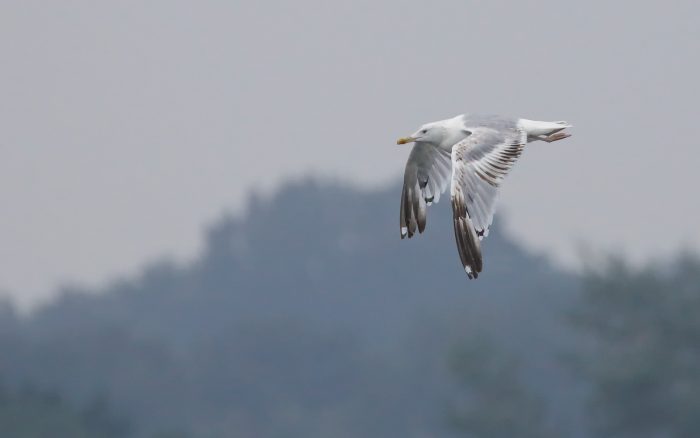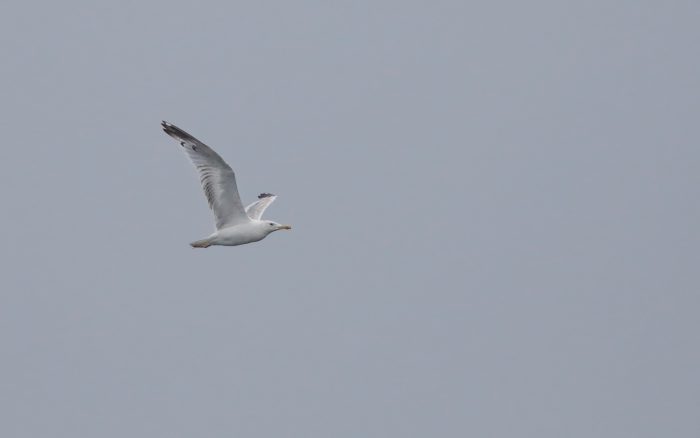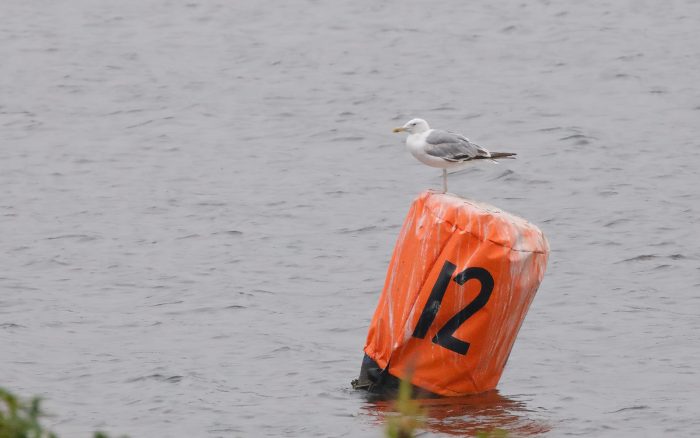During the past few weeks, gull numbers at Staunton Harold Reservoir have increased. Around 200 or so Black-headed Gull ( it is thought that birds from Poland arrive into Britain in large numbers during post breeding dispersal) and up to 7 Yellow-legged Gull and 3 Caspian Gull. Caspian Gull is an uncommon visitor to Staunton Harold from Eastern Europe. They are not annual at my patch but do turn up in good numbers in Britain. I find that they are not the easiest of gulls to identify and especially age.
There are now a number of populations in Europe that harbour hybrids and so that makes the identification of “Pure” Caspian Gull so much more difficult.
I managed to get a few photographs of two of the three birds in recent days.
Bird 1 – 12th August 2020 – A classic Caspian Gull – a 3rd calendar year (cy) bird – second summer. Clearly shows the classic features of dark beady eye, long parallel bill, slightly yellowish green in colour, pale grey-green tones to the long legs, giving the bird a characteristic “Tall” posture. Long wings with primaries extending beyond the tail. Heavy chested and a slight “Hanging Belly”. Still dark centres to tertials, visible secondaries appear predominantly blackish. Soft grey tones to upper-parts. Clean white head somewhat pear-shaped in appearance.
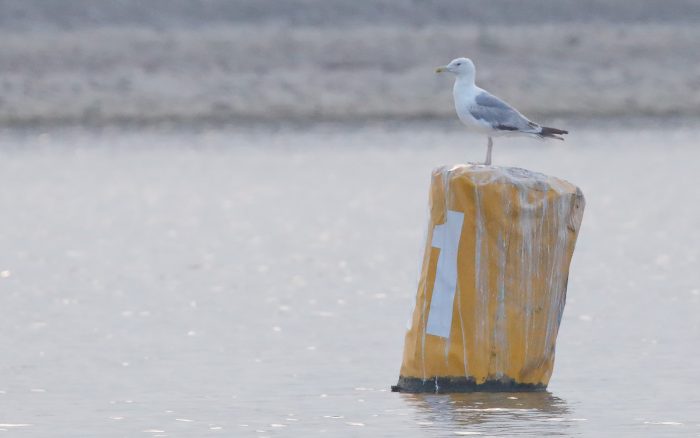
Bird 2 – 9th August and 13th August – This bird was a much bigger and heavier bird than bird 1. A huge bill, pale eye and pink legs, which Caspian can show but not atypical. Pro Caspian features are the long rear end with primaries extending beyond tail, relatively small head, protruding chest and “hanging belly” behind the legs. The legs are long in comparison to the 3 adult Yellow-legged Gulls to the left and the angled stance is also a typical feature.
Because the bill depth is difficult to determine along with the paleness of the eye, it would be safe to say that the bird is a Caspian Gull but a hybrid cannot be ruled out. It is a 2nd summer type (3rdcy) since the existing outer primary P10 seems to be second generation (showing a mirror), visible secondaries are still mainly blackish and still obvious brown centres to upper tertials. Fresh new mid-primaries are visible below the folded tertials.
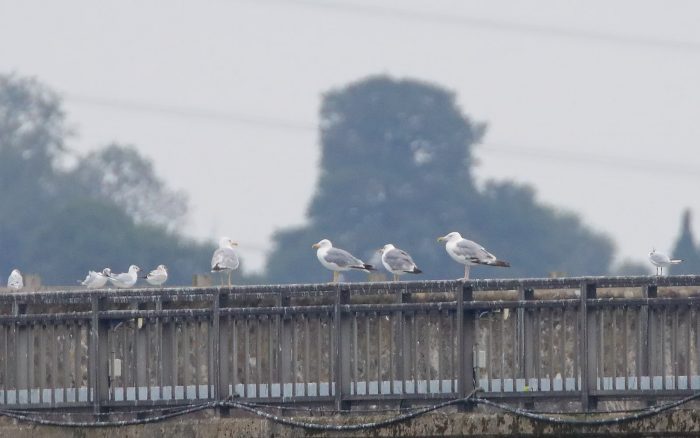
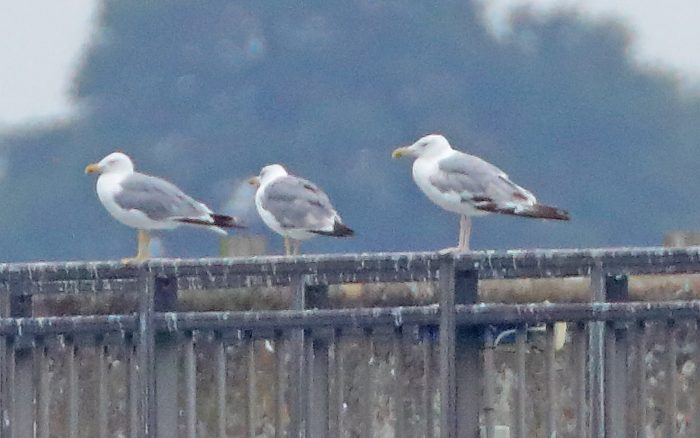
The below four images were taken on 13th August 2020 which I am quite sure show the same bird No:2. Heavy appearance, heavy bill etc.. The bird is in moult, however the upper wing appears to be a classic 3cy Caspian Gull, but that’s not to say this pattern could not be shown on a hybrid type of similar age. I’m more inclined to think that the hybrid type is likely to be more rare than a classic 3cy Caspian Gull.
The white bar on the upper wing is caused by missing greater coverts exposing the white bases to the secondaries. Still a slight hint of a tail bar and a small white mirror in P10.
My thanks go to Richard Lowe and Martin Roome for their help and advice especially on Bird No: 2 .
